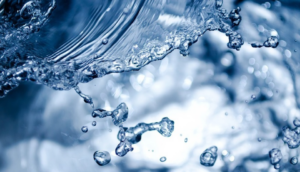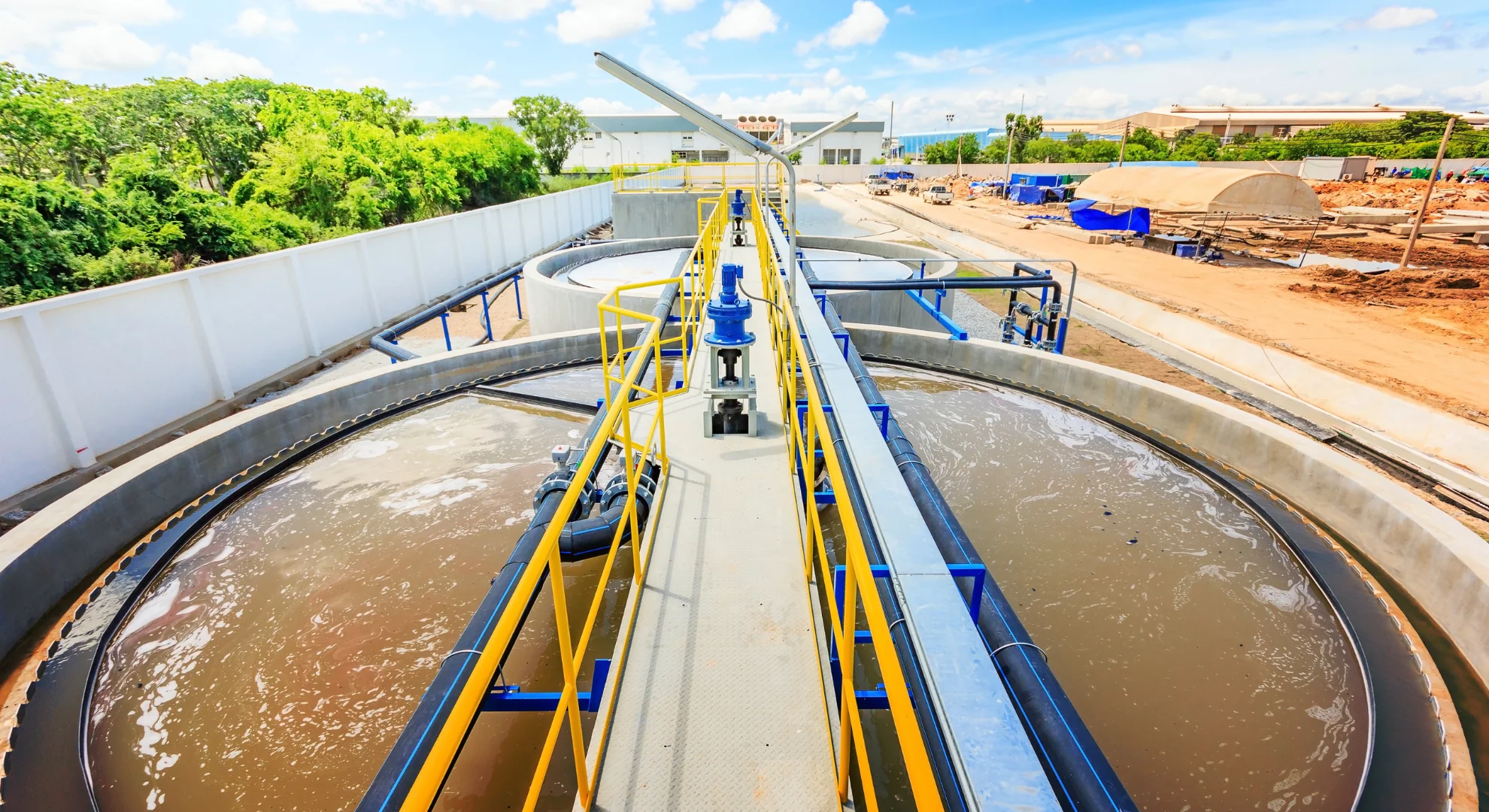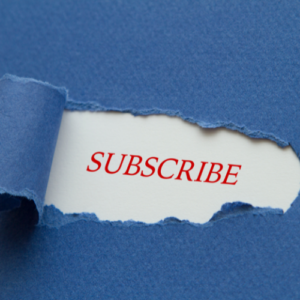
Monitoring Water Quality – Disinfection
Monitoring Water Quality – Disinfection Part 1. Disinfection Properties of water bodies vary based on natural factors such as landscape...
Turbidity Meter Calibration: A Step-by-Step Guide

Turbidity meters are essential tools for monitoring water quality in various industries, including environmental monitoring, wastewater treatment, food, and beverage. These meters measure turbidity for drinking and surface water. Calibration ensures the accuracy of turbidity measurements, providing reliable data for quality control. Here’s a step-by-step guide on how to calibrate your portable or benchtop turbidity meter effectively.
Step 1: Prepare the Equipment
Gather all the necessary equipment for calibration:
Step 2: Clean the Meter
Proper cleaning is crucial to remove any residue or contaminants that could affect the accuracy of the measurements. Use a clean, lint-free cloth moistened with cleaning solutions to wipe the optical surfaces of the meter carefully.
Step 3: Prepare Calibration Standards
Ensure that the calibration standards are within their expiration date and properly mixed before use. Follow the manufacturer’s instructions for dilution if necessary. It is recommended that the turbidity value of the prepared calibration solutions to be close to the default calibration points.
Warning: Handle hydrazine sulfate with care because it is a carcinogen reagent. Avoid inhalation, ingestion, or skin contact. Formazin solution can also contain some hydrazine traces.
Step 4: Zero Calibration
Zero calibration establishes the baseline reading when there is no turbidity in the sample. Place a clean cuvette filled with distilled water into the meter and adjust the instrument to read zero.
Step 5: Calibration with Standards
Low-Level Calibration: Insert the cuvette containing the low-level turbidity standard into the meter. Allow the reading to stabilize, then adjust the meter to the known turbidity value of the standard.
High-Level Calibration: Repeat the process with the high-level turbidity standard. Insert the cuvette containing the high-level standard and adjust the meter to the known value.
For best results, the measurement techniques must be followed during calibration. If formazin standards are used, mix the cuvettes gently for about 1 minute and then allow the standard to settle for 1 more minute before calibration. Calibration can be performed in two, three four or five points. Calibration of the turbidity range will not affect the free or total chlorine measurements. Before making the calibration, be sure that you are in the correct range.
Step 6: Verification
After calibration, it’s essential to verify the accuracy of the measurements. Use a different instrument or test the samples in a laboratory for comparison. If there are discrepancies, recalibrate the turbidity meter and verify again until the readings are consistent.
Step 7: Documentation
Document the calibration process, including the date, standards used, and any adjustments made. Keep records of calibration for regulatory compliance and quality assurance purposes.
Step 8: Routine Maintenance
Regular maintenance is the key to keeping your turbidity meter in optimal condition. Clean the instrument after each use and follow the manufacturer’s recommendations for calibration frequency and any other maintenance procedures.
1. Always put the instrument on a flat, rugged surface when taking measurements.
2. Do not operate in direct sunlight.
3. Keep the lid of the instrument closed when it is not used to prevent dust or dirt from entering inside.
4. Always close the lid of the instrument during measurement.
5. Never use cuvettes with scratches or cracks because they can cause inaccurate readings.
Monitoring Water Quality – Disinfection Part 1. Disinfection Properties of water bodies vary based on natural factors such as landscape...
The role of free chlorine in keeping drinking water safe Clean drinking water is essential to human urvival. To make...

To empower customers to achieve quality by supplying intuitive, accurate, and reliable analytical instruments with exceptional customer service and value.
We take pride in every product we build. From an original idea to a completed product ready for testing. We oversee every aspect of the manufacturing process. It is this level of attention to detail that sets us apart.
To empower customers to achieve quality by supplying intuitive, accurate, and reliable analytical instruments with exceptional customer service and value.
We take pride in every product we build. From an original idea, to a completed product ready for testing. We oversee every aspect of the manufacturing process. It is this level of attention to detail that sets us apart.
To empower customers to achieve quality by supplying intuitive, accurate, and reliable analytical instruments with exceptional customer service and value.
We take pride in every product we build. From an original idea, to a completed product ready for testing. We oversee every aspect of the manufacturing process. It is this level of attention to detail that sets us apart.

